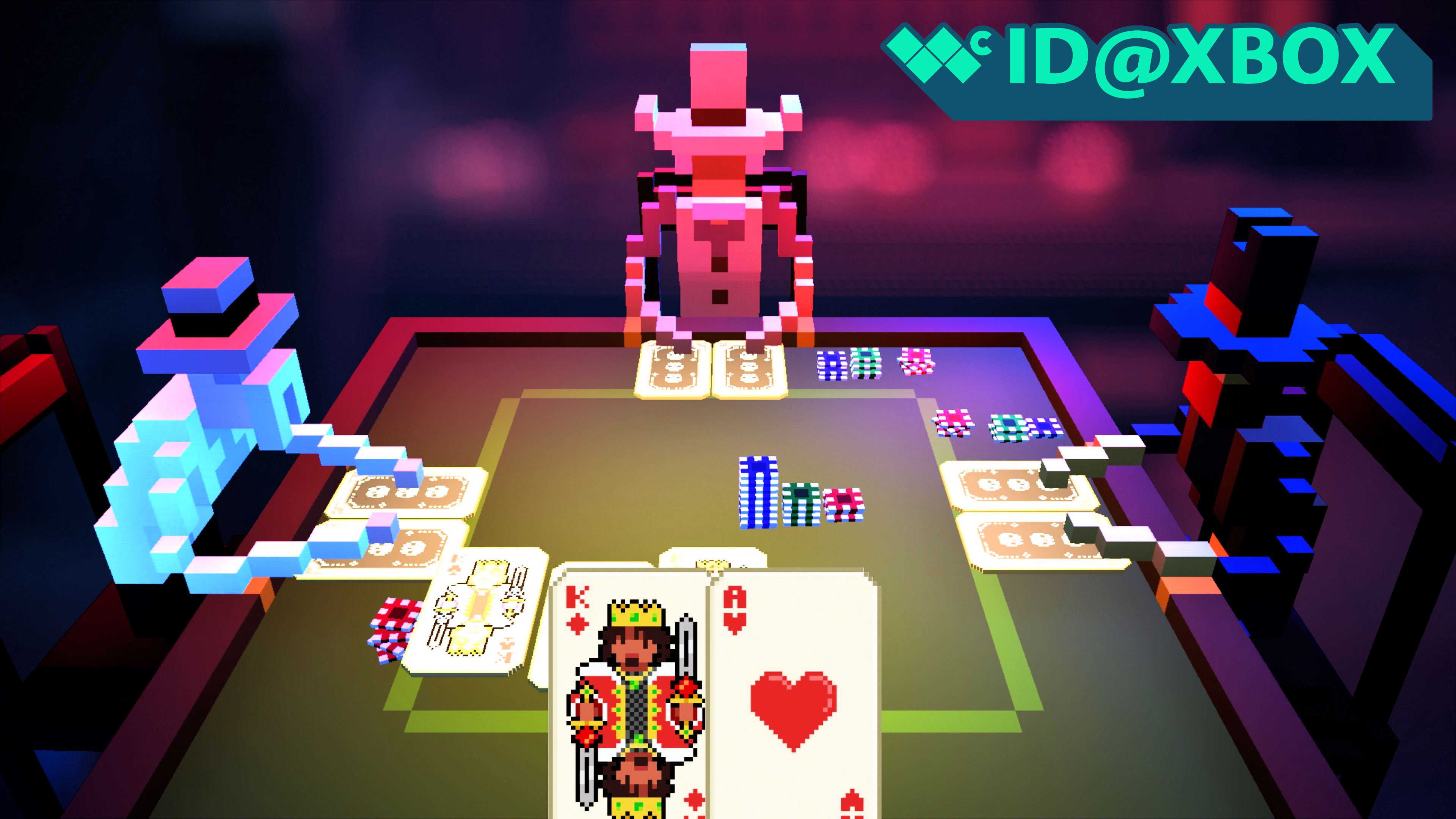World of Warcraft: Dragonflight has a real chance to make WoW grow again
WoW has seen steady declines for years, but can Dragonflight change that?
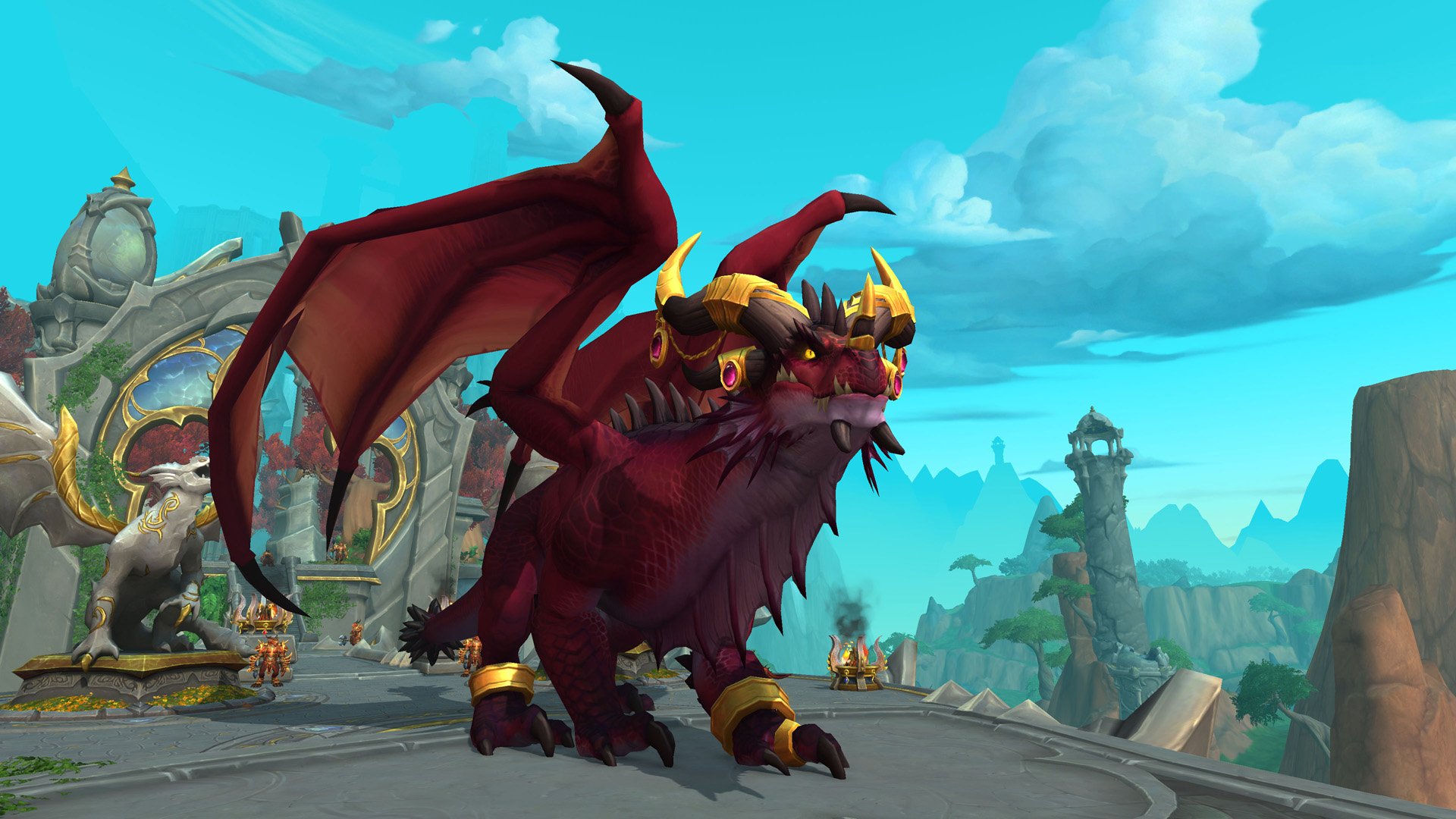
Blizzard recently announced World of Warcraft: Dragonflight, marking the eighth major expansion for the 18-year-old MMORPG. With Microsoft and Xbox seeking to buy up Activision Blizzard in the near future, there's been some renewed attention on the game in the wider gaming conversation.
WoW was namechecked by Microsoft Gaming CEO Phil Spencer in a previous interview, saying that he'd like to see Blizzard games grow again. Indeed, Blizzard has lost millions of monthly active users across its properties, with games like Overwatch, WoW, and Hearthstone struggling from stiff competition and a string of poor strategic decisions from the top down. Is there a world where that might even be possible?
With WoW: Shadowlands done and dusted (for the most part), Blizzard has an opportunity to reset its developer priorities for Dragonflight. Blizzard has been marred by Activision's culture of chasing short-term shareholders gains to the detriment of the long-term health of its titles, and one can only hope that this will be a thing of the past under Microsoft. As such, there's a real opportunity for Blizzard to find the magic that made WoW a powerhouse again with Dragonflight, and there's evidence already that they may just be looking to do that.
Course correcting WoW design philosophy
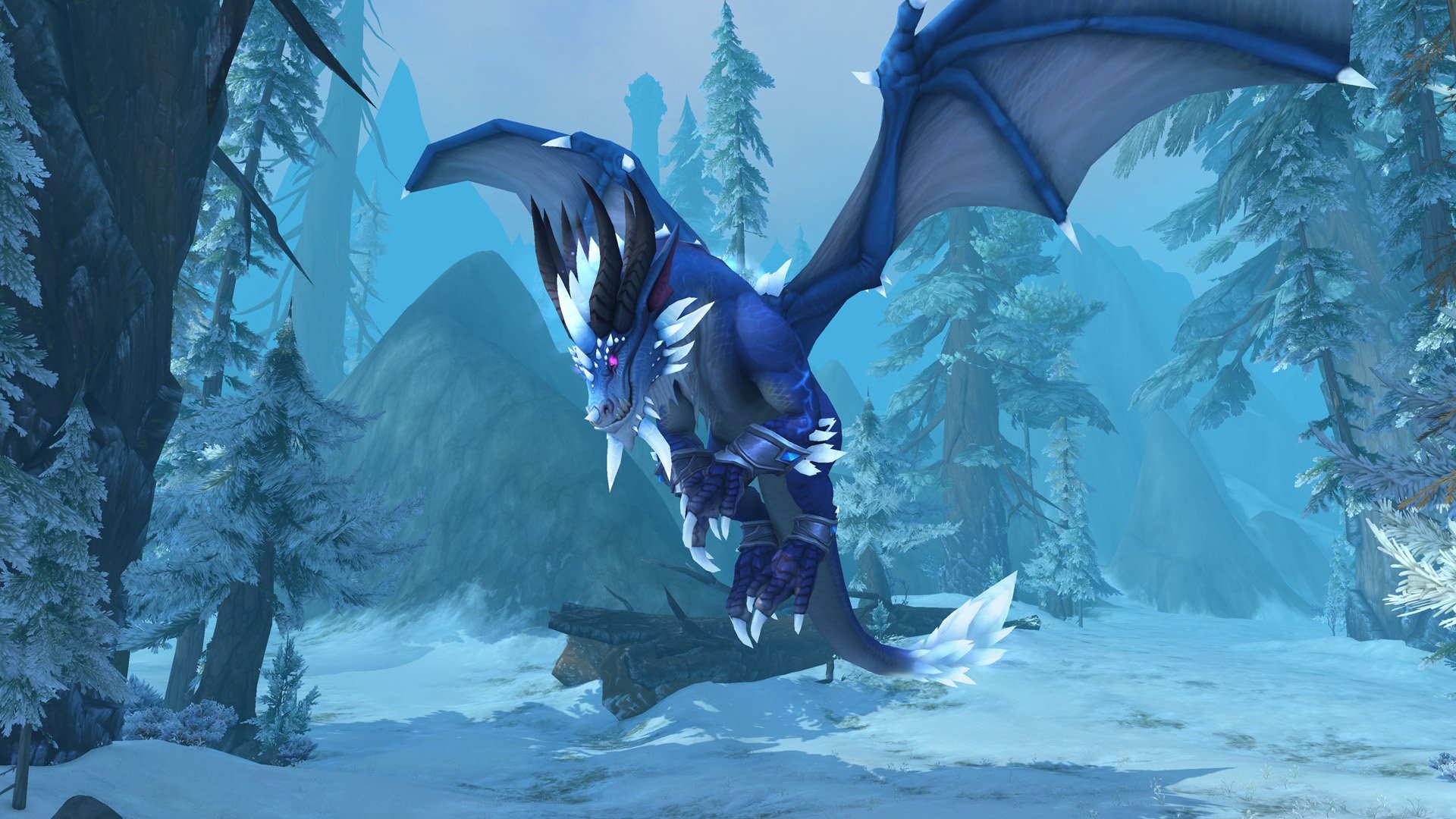
I wrote previously that World of Warcraft needs a new philosophy if it's going to grow, and it's hard to ignore how vastly Blizzard's goals and aims have changed between Dragonflight and the past few expansions.
Dragonflight is bringing a range of new features as is typical for Blizzard's big boxed expansion packs. There's a whole new continent to explore, set on the mysterious Dragon Isles. There's a new story arc starting, with much of Battle for Azeroth and Shadowlands' story threads resolved. There's even a new class and race combo, in the form of the draconic Dracthyr Evoker. It'll also have a new flight system called Dragonriding, which modernizes the way flying feels.
In a range of interviews, Blizzard and its lead developer Ion Hazzikostas repeatedly discussed how it was retiring some of WoW's most controversial aspects in recent years, that of borrowed power. For the past few expansions, rather than upgrade core systems that carry through across multiple expansions, Blizzard has relied on temporary systems that disappear when the expansion ends. In Legion we had artifact weapons, which granted special abilities, and admittedly, first time around, this system was incredibly cool. Blizzard however used it again in Battle for Azeroth, in the form of a necklace. And, once again, in Shadowlands, in the form of Covenant powers. Each and every time, these features expire through plot elements at the end of the expansion, coining the phrase borrowed power.
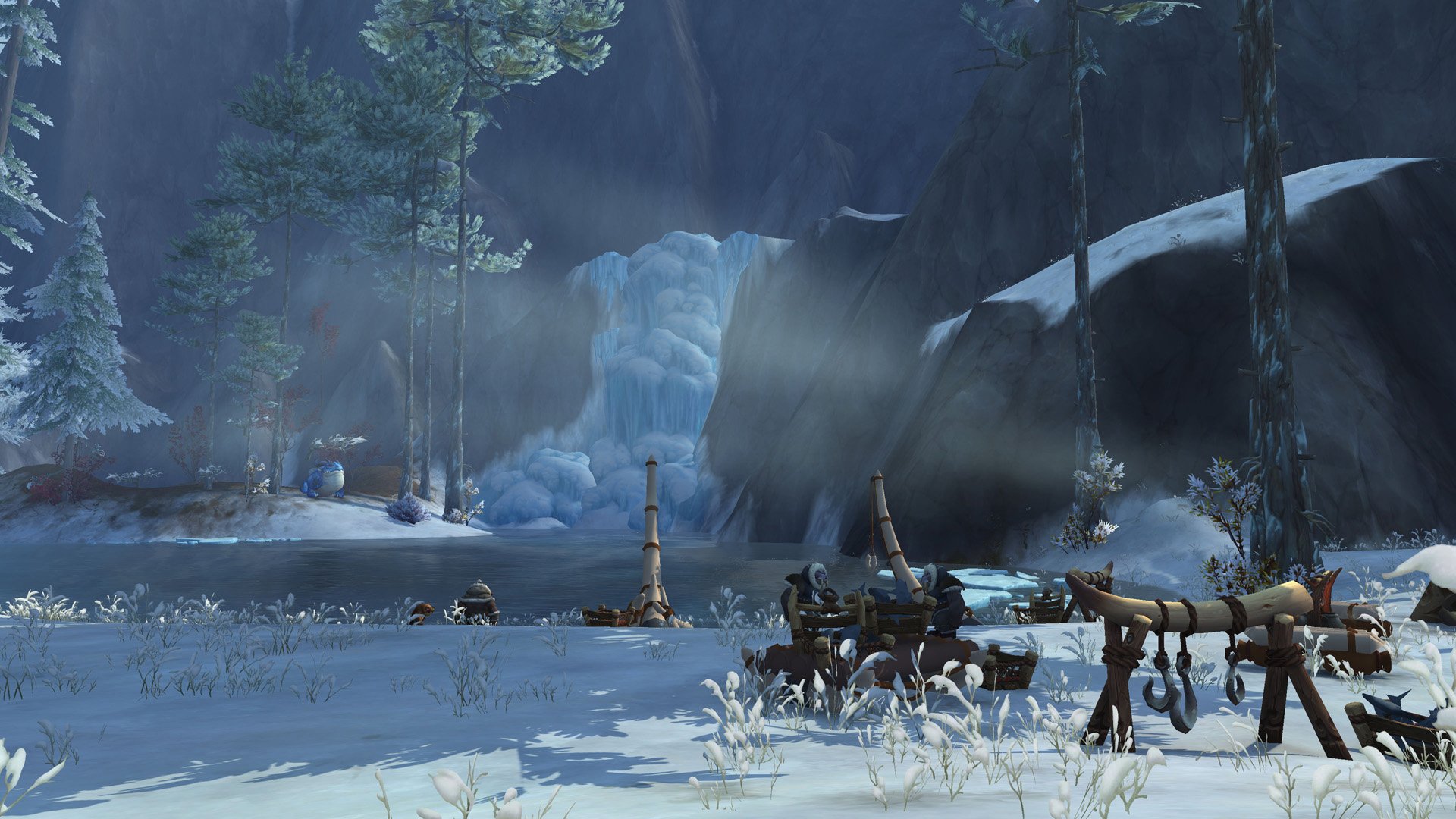
Blizzard initially began exploring these kinds of systems to get away from the power creep that was developing. It became standard to some degree that in each expansion, classes got a new spell or two to add flavor. As a feature, it undoubtedly has diminishing returns, since there are only so many spells and abilities a person can track before the cognitive load becomes unwieldy. Shifting the metagame around is standard in service game development to keep things fluid and interesting, but the borrowed power system has undoubtedly become formulaic within WoW's wider structure.
All the latest news, reviews, and guides for Windows and Xbox diehards.
Beyond that, Blizzard is also re-examining some of its other systems that have begun to feel like a chore. World of Warcraft's endgame typically consists of doing quests for certain factions. Since Legion, these systems have built up layers upon layers of progression systems that reset either daily or weekly, at the same time day in, day out. To make matters worse, a lot of these mechanics have been time-gated, which I've argued contributes to the sensation that the game becomes more of a job, than fun.
Time gating is useful to some degree, as it allows the community that plays at different speeds to maintain pace with the hardcore players who may have more time. And daily quests aren't bad in of themselves either. The problem has become the abundance of intersecting content that seems to act as a barrier to what made WoW popular in the first place: class fantasy, gear progression, and epic battles.
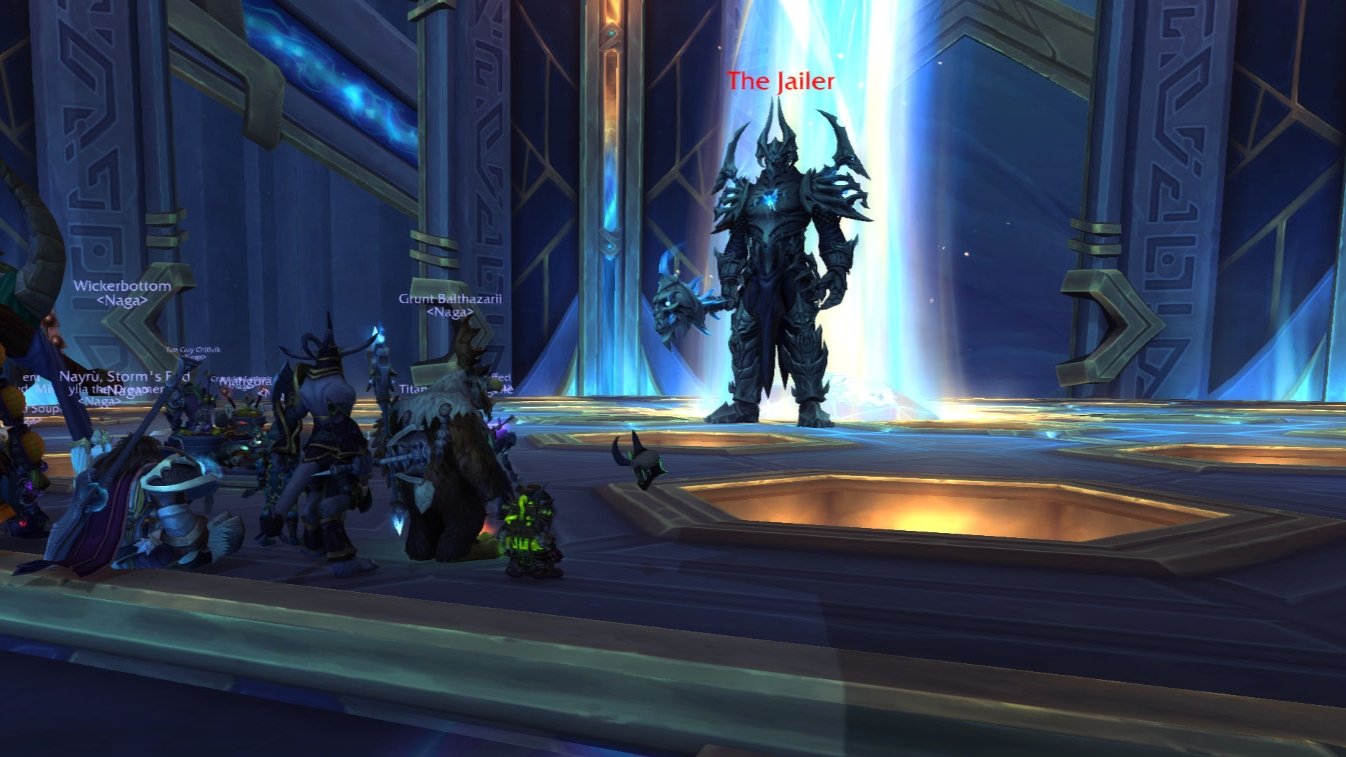
It's irritating that I was forced to play a specific Covenant in Shadowlands that might clash aesthetically with my class fantasy if I wanted to play optimally. It's also irritating that it feels like items I need to upgrade my class more often than not come from vendors or the weekly loot chest, rather than boss kills. I took a break in Shadowlands' first tier because I counted no fewer than 40 boss kills without getting a single upgrade, despite needing many to stay competitive with other players in my guild.
Of course, there are other problems WoW has. Many, in fact, and it would take a far bigger article than this to break them down. But with Dragonflight, it feels like Blizzard is finally looking to its past to rediscover what made WoW a powerhouse in the first place.
Looking to the past to fix the future
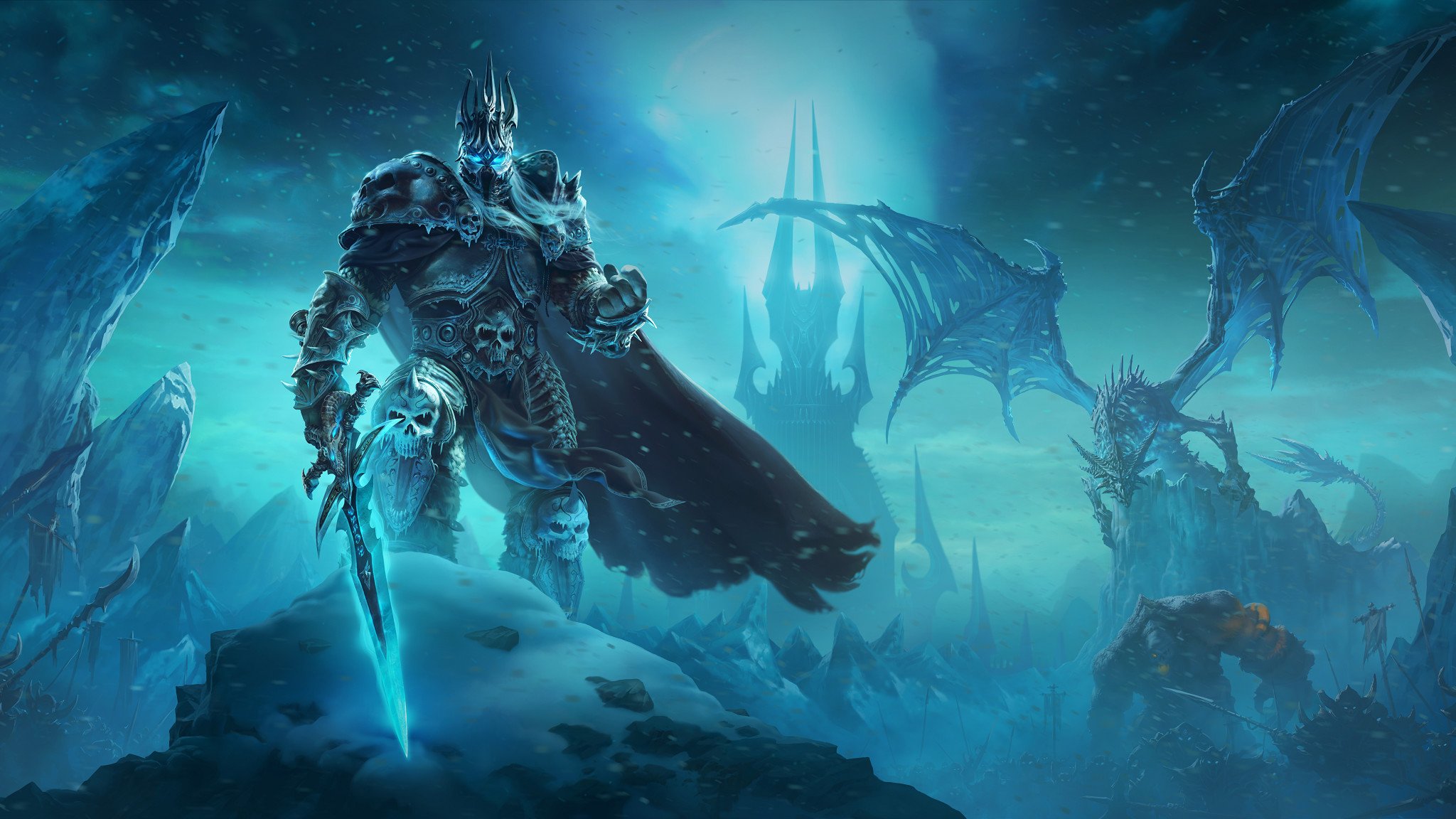
It's no secret that World of Warcraft has been looking to its past lately. Game director Ion Hazzikostas said in interviews that the team had been looking at things that worked in WoW: Classic, which exists as a separate experience, allowing players to dive into nostalgic expansions of decades past.
The World of Warcraft of old lacked many of the bells and whistles of today's modern take. There were no matchmaking systems, and players were forced to socialize to build groups and ultimately progress. Today's WoW is very much oriented around getting you into activities with as little friction as possible, with multiple tiers of difficulty in an attempt to appeal to as many different types of gamers as possible.
I remember back when Wrath of the Lich King introduced the Dungeon Finder tool, allowing players to simply matchmake automatic groups for dungeon runs. Wrath is often hailed as one of the best expansions in WoW history, but even back then as a naive lad, I knew the LFD tool was going to have dire consequences for the sense of community the game has. I wasn't wrong either.
In Blizzard's attempts to make WoW easier, it also made the game less social.
In Blizzard's attempts to make WoW easier, it also made the game less social. With a reduced impetus to collaborate and coordinate, it also reduced the impetus to communicate. Blizzard also went about reducing the complexity of stats, talent trees, and gameplay in general.
There are various other facets to this argument, but to summarize, Activision swung WoW too harshly towards simplistic, casual play in an attempt to attract more players. I feel this thinking continues to impact the game in a negative way I feel, with loot and rewards for defeating the most difficult content in the game barely even getting unique art and model designs at this stage. But there are signs that Blizzard is changing its philosophy.
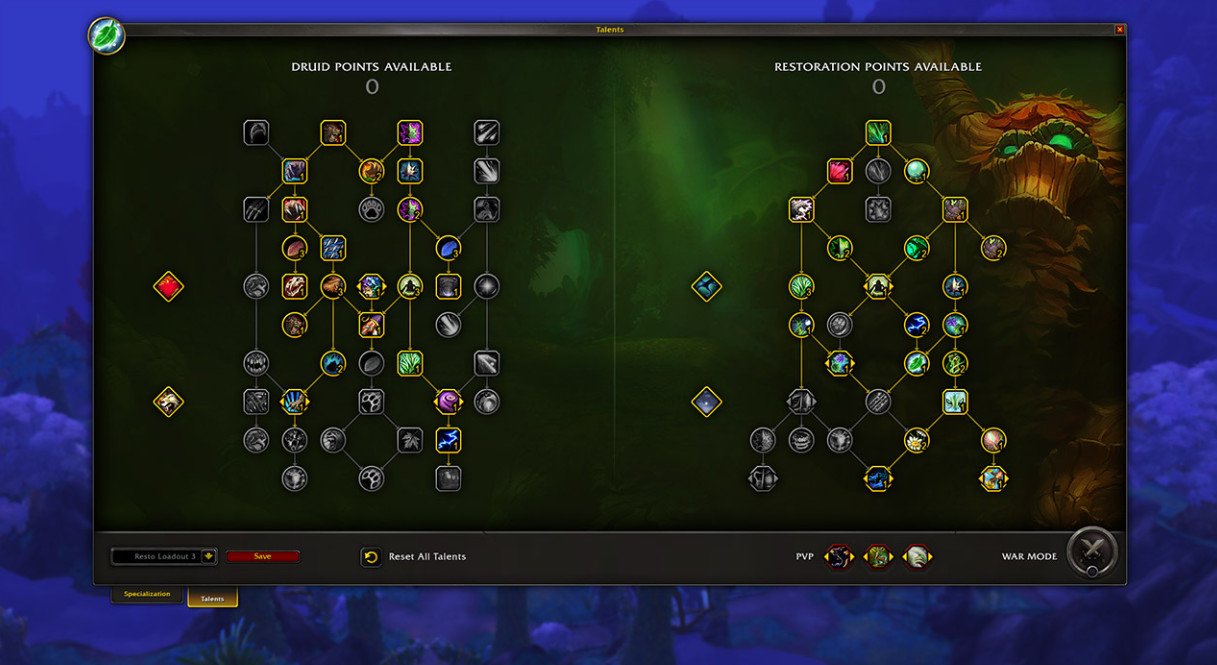
Talent trees are one aspect of WoW that Blizzard oversimplified in its restless attempts to make the game appeal to a broader audience. Dragonflight will, once again, feature talent trees with a points-based system, similar to the talent trees WoW at least partially popularized back in 2004. These skill trees have found their way into almost every major game these days, from Borderlands to Assassin's Creed, and it's striking that it took WoW Classic itself for Blizzard to re-evaluate their value. Shadowlands also started featuring class-based item sets for its raids again, after years of lacking them. Sure, the designs of the Shadowlands tier armor leave a lot to be desired, but the fact Blizzard touted tier set armor as a Dragonflight selling point is another positive sign that the company is looking to the past.
Blizzard was notoriously resistant to even supporting WoW Classic servers, but after relentless efforts by pirates to recreate the original Warcraft experience, Blizzard finally relented. And to nobody's surprise, Classic was immediately popular. Blizzard has since implemented Burning Crusade Classic, with Wrath of the Lich King Classic on the horizon. However, interestingly, Wrath will not include the matchmaking tools I blamed for hurting the game earlier, with Blizzard acknowledging that the Classic community prefers the social experience afforded by these older expansions.
Blizzard has also acknowledged that many systems that have become formulaic in modern WoW won't be returning. Things like the Mission Table, which lets you send NPCs on errands has been killed off. Blizzard won't tie reputation or renown grinding to power gains anymore either, putting the emphasis back onto raids and dungeons. They're even looking at improving collaboration outside of guilds too with the new profession systems, which will be deeper, to encourage trade and player-to-player engagement.
These changes might seem subtle, but to me, they speak of a Blizzard that has identified some of the more nuanced ways WoW is struggling, while seeking to enhance the parts of WoW that made it great in the first place.
Only Nozdormu knows the final outcome
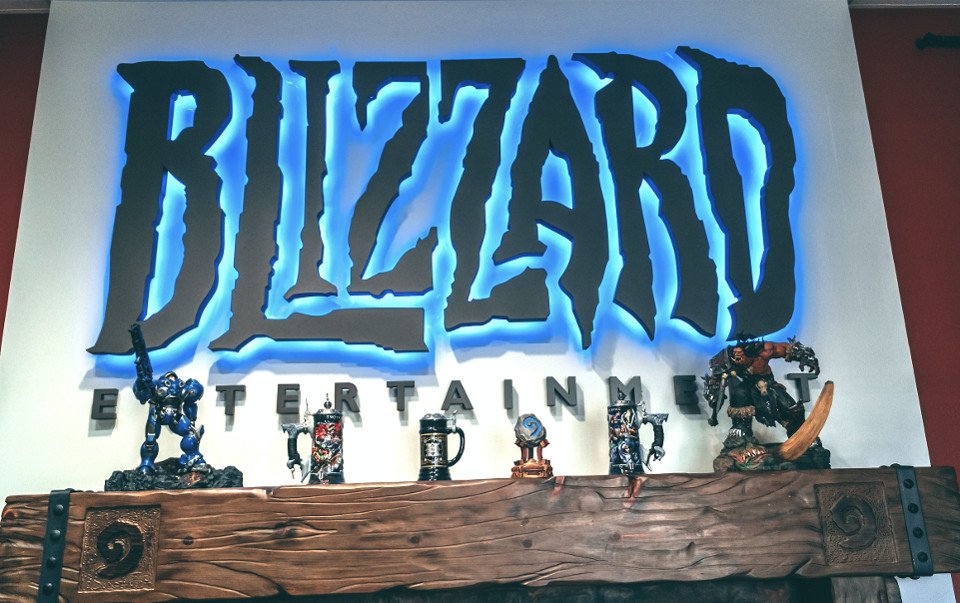
I mentioned above that these are only a few reasons WoW hasn't managed to claw back some of its former glory. Indeed, there are many, many more, but I truly feel that with Dragonflight, long-suffering WoW fans may be seeing the end of the tunnel. Of course, I could certainly be wrong, but something really does feel different this time, and in a lot of ways, things really are different.
Microsoft's focus on growing Xbox Game Pass should lead to healthier design goals for Blizzard, affording a focus on quality and user feedback, over profit margins.
Blizzard has had to face a bit of a reckoning with repeated scandals, and a state-level investigation into its work environment in California. It has seen many of its high-profile founders leave for other ventures, and suffered something of an exodus of key talent.
After what feels like years of turmoil, Microsoft has stepped up with $72 billion in cash to pry the company away from Activision's notoriously tone-deaf executive board, which has presided over a near-total collapse of Blizzard's monthly active user base with its corner-cutting mentality. Microsoft's gaming focus revolves entirely around cloud, dev tools, and monthly active users, over tight profit margins. Indeed, Microsoft's focus on growing Xbox Game Pass should lead to healthier design goals for Blizzard, affording a focus on quality and user feedback, over profit margins.
Dragonflight alone won't be enough for WoW to recover, but the signs of change are unmistakable. There's nothing to suggest MMORPGs are falling out of popularity either, with games like FFXIV and Lost Ark grabbing huge numbers of players across the board, many of whom are likely lapsed WoW players who would return under the right circumstances, too.
If Blizzard continues this renewed focus on the things that made WoW such a beloved game in the first place, I'd say there's every chance it can find growth again. Only time will tell.

Jez Corden is the Executive Editor at Windows Central, focusing primarily on all things Xbox and gaming. Jez is known for breaking exclusive news and analysis as relates to the Microsoft ecosystem while being powered by tea. Follow on Twitter (X) and tune in to the XB2 Podcast, all about, you guessed it, Xbox!

